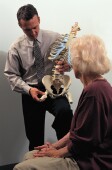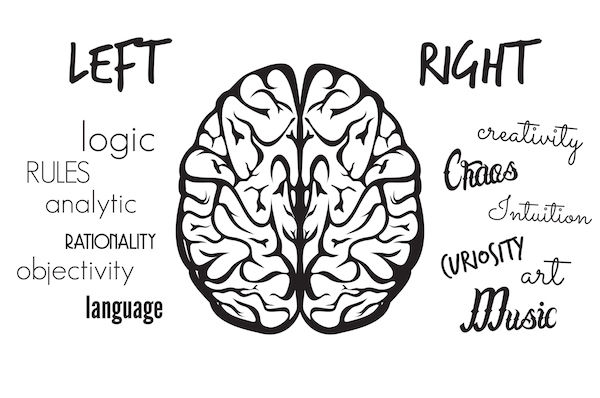
FRIDAY, April 19 (HealthDay News) — The shape of an older person’s spine may predict their future need for home assistance or admission to a nursing home, according to a new Japanese study.
The findings appeared online recently in the Journals of Gerontology Series A: Biological Sciences and Medical Sciences.
The study included more than 800 people aged 65 and older in Japan, who underwent four types of spinal measurement. The researchers found that only one of the measurements was associated with becoming dependent on help for activities of daily living.
These activities include basic self-care tasks such as bathing, feeding, using the toilet, dressing and getting in or out of a bed or chair.
The measurement that predicted the need of assistance is called the “trunk angle of inclination.” This is the angle between the true vertical and straight line from the first thoracic vertebra (near the head) to the first sacral vertebra (in the lower spine), the researchers said in a journal news release.
Over four and a half years of follow-up, about 16 percent of the participants became dependent on help for basic daily activities. Those with the greatest angle of spinal inclination were about three and a half times more likely to become dependent on help for basic daily activities than those with the least spinal inclination, the researchers found.
Although the study found an association between spinal angle and future disability in older adults, it did not establish a cause-and-effect relationship.
More information
The U.S. National Institute on Aging offers tips for healthy aging.

